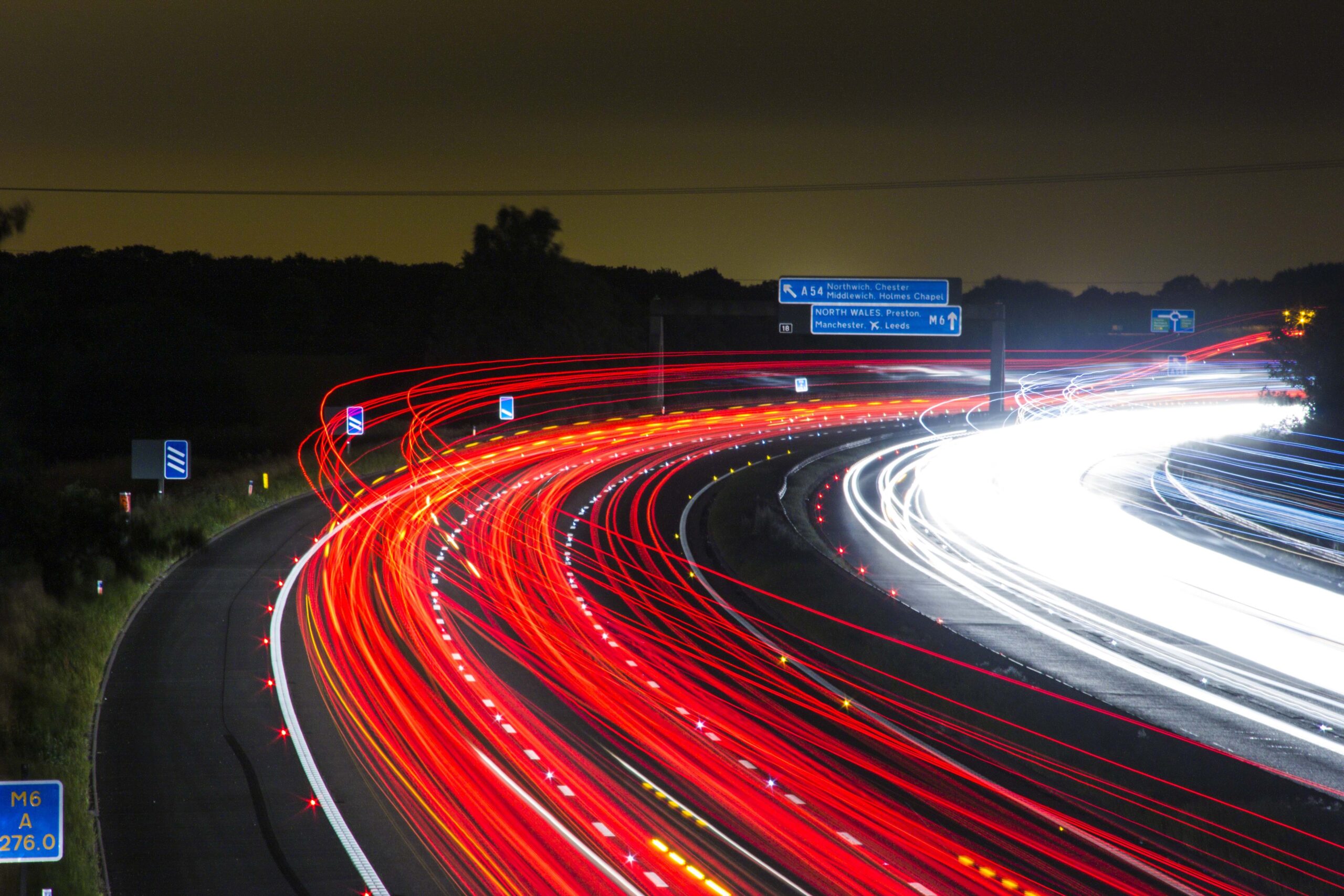The Scottish Government is to form an infrastructure commission to advise ministers on how spending should be directed to provide most economic benefit
Credit: Lynne Cameron/PA
Policymakers must give the same priority to digital infrastructure as to traditional construction projects, such as roads and bridges, if Scotland is to meet the challenges of the future, according to a Scottish Government cabinet member
Speaking at the recent Scottish National Party conference, Michael Matheson, the cabinet secretary for transport, infrastructure and connectivity, said the growth of digital, alongside new technologies such as autonomous vehicles, would have huge implications for making investment decisions.
The Scottish Government recently announced plans to establish an infrastructure commission to advise ministers on how spending can deliver maximum benefit for the economy and public services, alongside a pledge to increase annual infrastructure investment by an additional 1% of current Scottish GDP per year, with a focus on broadband, transport, and low-carbon energy.
Finance Secretary Derek Mackay said the commitment would mean around £7bn of extra infrastructure investment by 2025-26.
Related content
- A vision for a Digital Scotland
- Fife town to get WiFi, website and ‘digital brand’ under Scottish Government scheme
- Scottish Government offers £2m of interest-free loans to help boost firms’ digital skills
Explaining the role of the new commission, Matheson said: “One of the challenges that we have in government now is, how do we plan for the future? Not on the basis of, what do we have on the shelf, but what do we, as a country, need to see as our key infrastructure investments to help support a more inclusive economy. For example, a lot of focus is always on hard infrastructure – roads, bridges, rail – all of which are extremely important. But equally important is the soft infrastructure – broadband, digital connectivity, helping to support our economy by making sure we have the right kind of digital infrastructure.
“In order to support that, on the transport side, we have the Strategic Transport Project Review taking place just now. That will be looking forward to the next 20 years of what our key investment decisions should be to make sure that we have a transport infrastructure that’s fit for purpose in 20 years’ time. The challenge with that though is trying to imagine what some of those challenges will be in the next 20 years, with autonomous vehicles coming down the line, the way we can use digital to help manage traffic systems, new rolling stock, behavioural changes around how people use public transport.
“We need to make sure we are looking at how we can drive greater economic growth from infrastructure investment, while at the same time making sure we are making the right decisions that give us the infrastructure we need for the next 20, 30, or 40 years ahead.”
Matheson was speaking at an economy hub hosted by PublicTechnology sister publication Holyrood, and supported by Jacobs, RBS, the Institution of Engineering and Technology, and Mastercard.



